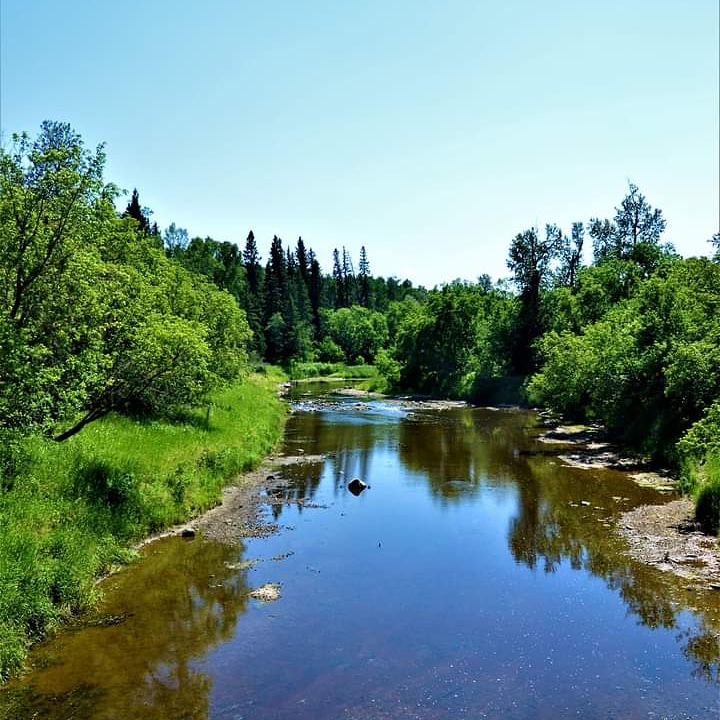
Embrace the Chill: Exploring the Hudson Bay Winter Festival in Saskatchewan
The Hudson Bay Winter Festival offers a thrilling winter adventure within Saskatchewan’s boreal forests. From snowshoe hikes to snowmobile races, this festival blends outdoor challenge with rich local culture, perfect for anyone eager to experience winter’s raw energy with practical fun.
Dress in Thermal Layers
Use a layered approach—base, mid, and shell—to stay warm without overheating, adjusting as weather and activity levels change.
Bring Traction Devices
Icy trail sections demand crampons or microspikes for safe footing on frozen terrain.
Hydrate Before and During
Cold air can reduce thirst signals, so drink regularly to avoid dehydration throughout your hike.
Plan Timing Around Daylight
Start hikes midday to maximize daylight and avoid the sharp temperature drop at dawn and dusk.
Embrace the Chill: Exploring the Hudson Bay Winter Festival in Saskatchewan
Winter in Hudson Bay, Saskatchewan, isn’t just a season—it’s a call to action. The Hudson Bay Winter Festival, held annually in this northern town, showcases the raw, fierce character of the northern boreal landscape under ice and snow. The festival stretches over several days, inviting visitors to engage in outdoor recreation, cultural events, and hearty community celebrations that push the cold away with shared warmth and spirited adventure.
Picture the town’s streets lined with snowbanks where locals and visitors meet to take part in everything from snowmobile races to ice fishing derbies. The air is crisp, the sky often a brilliant, icy blue, and the surrounding boreal forests stand tall—quiet, yet alert—as if daring you to venture deeper into their frozen domain.
Events cater to all levels of adventure. Snowshoe hikes through forest trails provide an immersive way to experience the winter woods. These guided hikes cover distances from 3 to 7 kilometers with minimal elevation gain, winding over packed snow and occasional ice, making traction devices a necessity. Along the trail, snow-laden branches creak above, and the frozen creek beds whisper beneath your boots. This isn’t a casual stroll: winter demands respect, but the payback is immediate—a rare silence punctuated only by your breath and the snap of frozen twigs underfoot.
Practical preparation is key. Hydrate well before heading out; cold air may mask dehydration risks. Dress in layers that trap heat without restricting movement—thermal base layers, an insulating mid-layer, and a waterproof shell work best. Boots need to be waterproof and warm, with good traction for icy patches. Timing your hike for midday optimizes visibility and temperature, avoiding dawn’s biting chill and the early onset of dusk.
Beyond the physical, the festival offers a cultural thread woven with Indigenous storytelling, local cuisine warmups, and ice sculpting contests. These experiences offer insight into the resilient spirit of Hudson Bay’s community and environment. When night falls, the festival grounds light up, inviting visitors to cozy up by fire pits or join evening snowshoe tours guided by stars.
Whether you come for the adrenaline of snowmobile rallies, the calm of a silent forest hike, or the vibrant community spirit, the Hudson Bay Winter Festival provides an immersive, practical, and engaging winter escape. It’s a challenge met with enthusiasm and hardiness, a reminder that winter in Saskatchewan is alive and fiercely itself, ready for those prepared to meet it head-on.
Nearby Trips
All Adventures
Boat Charters
Water Activities
Adventures near Hudson Bay, Saskatchewan
Discover the unique and memorable adventures that make Hudson Bay, Saskatchewan special.
Frequently Asked Questions
What are the main activities featured at the Hudson Bay Winter Festival?
The festival includes snowmobile races, ice fishing contests, guided snowshoe hikes, cultural storytelling sessions, ice sculpting, and community feasts.
Are the snowshoe hikes suitable for beginners?
Yes, the guided snowshoe hikes are designed for a range of abilities. Trails are generally 3 to 7 kilometers long on mostly flat terrain, but proper winter gear is necessary for safety and comfort.
What wildlife can I expect to see during the festival?
Winter wildlife is quieter but look for tracks of lynx, snowshoe hare, and occasionally moose. Birds like the common raven and boreal chickadees are active even in deep cold.
How cold does it typically get during the festival?
Temperatures often range between -15°C to -30°C (5°F to -22°F), with wind chills making it feel colder. Proper clothing layers and preparation are essential.
Is the festival suitable for families with children?
Yes, the festival offers kid-friendly events such as beginner snowshoe loops, ice sculpting demonstrations, and warm indoor activities, making it accessible for families prepared for cold weather.
Are there any local Indigenous cultural experiences during the festival?
Absolutely—there are storytelling sessions and craft workshops led by local Indigenous elders, providing insight into the heritage and connection to the land.
Recommended Gear
Waterproof insulated boots
Keeps feet dry and warm with sufficient grip on frozen, uneven surfaces.
Microspikes or crampons
Provides necessary traction on icy patches to prevent slips.
Thermal base layers
Retains body heat effectively and wicks moisture away from skin.
Insulated water bottle
Prevents liquids from freezing, allowing for hydration in cold conditions.
Local Insights
Hidden Gems
- "The frozen Wapiti River lookout: a quiet spot to watch ice formations and the river’s subtle movements beneath the snow."
- "The old railway trestle behind the town park offers unique photo angles of ice-coated forest and valley views."
Wildlife
- "Moose often venture close to town edges in winter, facing the challenge of deep snow scraping for browse."
- "Snowshoe hares and lynx remain active beneath the snow canopy, their presence often marked by distinctive tracks."
History
"Hudson Bay developed as a key fur trading and railway hub, embedding layers of Indigenous and settler histories evident in the town's annual cultural events and the prominence of local Cree heritage."
